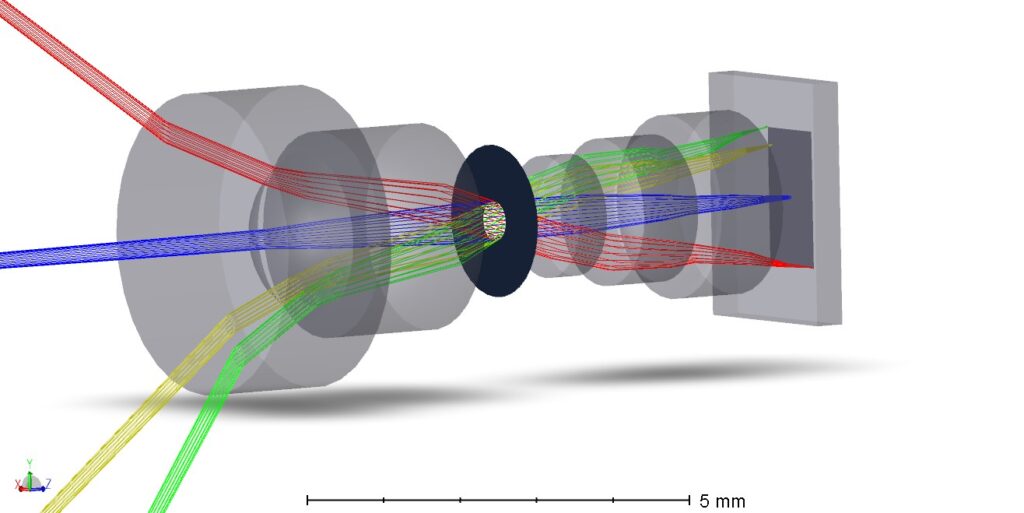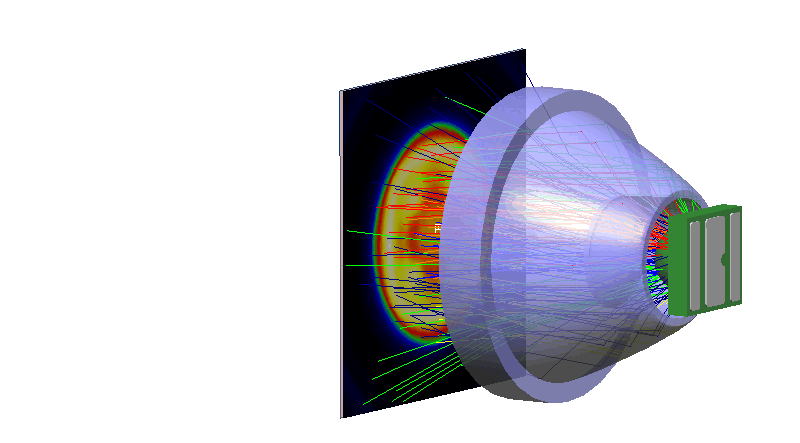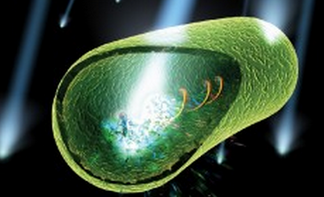PISÉO has unique expertise in optical design and simulation, as well as the technical means necessary to offer innovative optical system solutions for products or test benches. Thanks to reliable optical simulations, prototyping and tests carried out in PISÉO’s own accredited laboratory, it quickly demonstrates the performance and industrial feasibility of the proposed solutions.
With their industrial experience, PISÉO’s experts accompany you throughout your projects, from idea to industrialization. Their services include optical engineering, design, characterization, system design, imaging analysis, optical calibration, and measurement, as well as prototype manufacturing and testing.
Thanks to their know-how, their technical means, and their industrial experience, PISÉO’s experts can meet the specific needs of each customer in terms of design and optical simulation.
Optical design is the process of designing and developing optical systems. In this process, an optical engineer considers many physical factors. These include spectral distribution of light, photometry, colorimetry, optical properties of materials, spectral response of illuminated bodies and geometry of components. An engineer also considers constraints and objectives related to the intended use.
Optical design is a multidisciplinary subject that requires a thorough knowledge of both mathematics and physics, as well as a great deal of experience. It also requires a good ability to understand the needs of the application for which the system is intended.
The design process begins with the determination of the optical performance to be achieved according to the intended use. These depend on the type of system considered and the applications, whether it is lighting, imaging, or display. Depending on the systems, we will therefore specify details including illumination, luminance, uniformity, contrast, color temperature, focal length, field of vision, spot dimension and spatial frequency.
Subsequently, the optical engineer will endeavor to imagine and evaluate optical systems to meet the objectives set. For this, they will perform sizing calculations, numerically model the solutions envisaged and simulate their performance using appropriate tools. This operation can be repeated as many times as necessary until they get an optical system capable of meeting the fixed performance requirements.
At the end of this work, they provide details of the various optical components created, integrating all the mechanical interfaces, taking into account the tolerances linked to manufacturing and assembly. Finally, the experts will prototype and test the system using appropriate optical measurement equipment.
Optical design comes into play in many industrial areas including lighting, automotive and transportation, defense, space, medical, manufacturing, photography, and more.

PISÉO understands optical design in a broad way. The optical system is considered as an assembly that integrates opto-mechanical and opto-electronic components, or even software. Indeed, only an overall system approach that considers all the parameters involved makes it possible to achieve an optimized design that will be able to meet the project objectives in all respects. In this way, our optical design work considers the application needs for ultraviolet (UV), visible (VIS) and infrared (IR) radiation. It considers the physical and economic characteristics of photonic components such as Light Emitting Diodes (LEDs), lasers, photodiodes, imaging sensors, materials for optics and surface treatments, as well as environmental and industrial constraints. In addition, we benefit from the close links with Yole Group analysts, who permanently watch photonic technologies, guaranteeing customers solutions at the cutting edge of progress.

Coming from large groups and Small and Medium Enterprise (SME) leaders in their fields, PISÉO’s experts have extensive industrial experience in the design and manufacture of optical systems. With great rigor, they put their know-how at the service of our customers.
The numerous research and development projects carried out in all fields constantly develop our experts’ knowledge. They also rely on their cutting-edge technical resources including proprietary calculation and analysis tools, design, and simulation assistance software such as Zemax, LightTools and Rhino, and an accredited test laboratory. The latter allows them to precisely characterize the optical performance of the photonic components selected and of the systems designed by them from model to prototype to finished product.
PISÉO experts have a unique combination of know-how and technical means. They are thus able to support your company’s development by designing and industrializing, in a rapid and reliable manner, simple or complex optimized optical systems in response to all your needs.
After over 10 years in existence, PISÉO’s innovation platform has supported many customers globally in their industrial optical system projects. Examples include a high-power infrared illuminator for an industrial specialist in surveillance, endoscope imaging for a world leader in medical systems, redesign of a lens for a lighting SME and redesign of a light guide for an automotive player.

PISÉO has state-of-the-art optical design and simulation tools : Zemax and LightTools.



